Yunnan Province
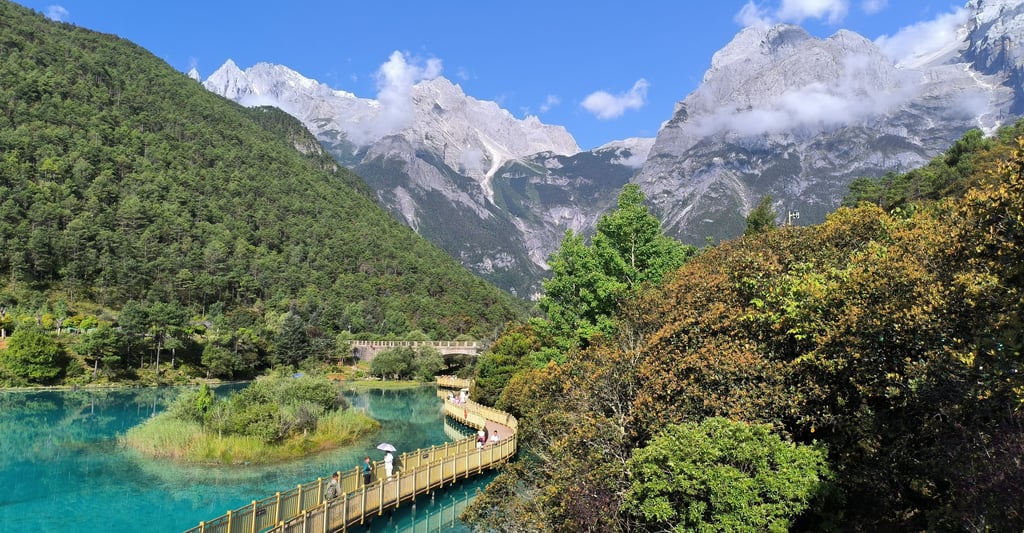

Introduction
Yunnan Province, located in southwestern China along the borders with Myanmar, Laos, and Vietnam, is a region of extraordinary geographic and cultural diversity. With over 47 million residents, it combines high mountains, deep river valleys, and expansive plateaus, creating landscapes where agriculture, ethnic diversity, and rich biodiversity coexist. The province is renowned for its colorful minority cultures, varied climates, and ecological richness.
Cities like Kunming, Dali, and Lijiang illustrate Yunnan’s mix of history and modernity. Kunming, the provincial capital, serves as a transport and administrative hub, connecting Yunnan with the rest of China and Southeast Asia. Dali preserves ancient Bai architecture and lakeside scenery, while Lijiang is famous for its Naxi culture and UNESCO-listed old town.
Across the province, remote villages and border towns reflect centuries of trade, cultural exchange, and ethnic traditions, showing how Yunnan blends historic heritage, modern life, and natural abundance.
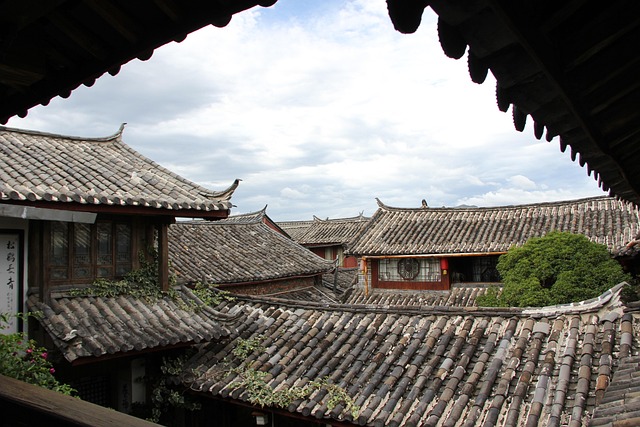

Geography and Key Cities
Yunnan stretches from the high Tibetan Plateau in the northwest to tropical river valleys in the south, encompassing a remarkable range of landscapes and climates. Major rivers, including the Yangtze, Mekong (Lancang), and Salween (Nu), carve deep gorges, fertile plains, and rich ecosystems that support agriculture, hydropower, and biodiversity.
The climate ranges from subtropical in southern lowlands to alpine in the northwest, with mild valley temperatures and snow-capped peaks in mountainous areas.
The capital, Kunming, is a key transport, cultural, and economic hub, linking southwestern China with Southeast Asia.
Dali preserves ancient city walls and Bai ethnic traditions, while Lijiang, a UNESCO World Heritage Site, is famous for its Naxi architecture and historic old town.
Jinghong, in Xishuangbanna, is known for tropical agriculture and Dai culture, and Baoshan plays a role in mining and border trade.
In the northwest, Shangri-La (formerly Zhongdian) sits on the Tibetan Plateau, offering Tibetan Buddhist monasteries, alpine forests, and highland pastures.




Yunnan has a long and diverse history shaped by its ethnic variety and geographic position. The region was home to groups such as the Bai, Naxi, Yi, and Hani long before it became part of the Tang and Ming dynasties. Its location made it a gateway for trade and cultural exchange with Southeast Asia, helping spread Buddhism, tea cultivation, and traditional handicrafts.
Over the centuries, Yunnan experienced periods of relative isolation as well as migration and settlement, which contributed to its ethnic diversity and unique local traditions.
In modern times, the province developed in agriculture, infrastructure, and tourism, while maintaining its multicultural heritage, from Tibetan monasteries in the northwest to tropical minority villages in the south.
Historical Background
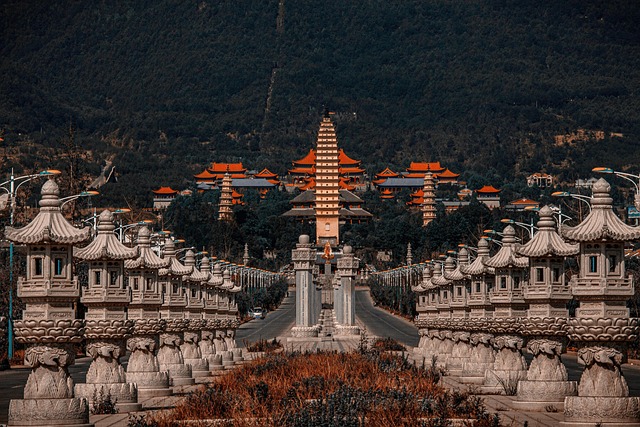

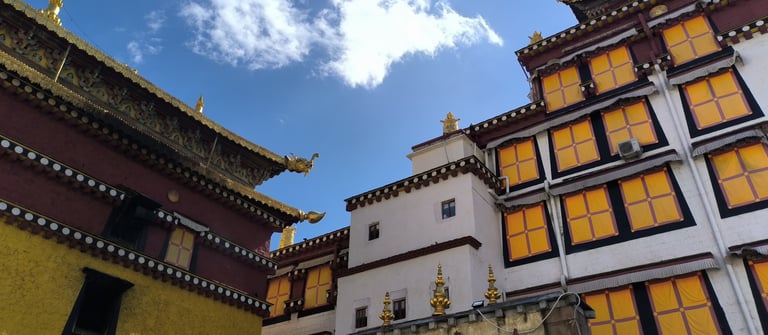

Nature and Landmarks
Yunnan combines mountains, rivers, and lakes with rich cultural and historical landmarks. The Jade Dragon Snow Mountain near Lijiang and the Meili Snow Mountains in the northwest offer dramatic alpine scenery, while Tiger Leaping Gorge and the Nujiang River Valley support diverse wildlife, including Yunnan golden monkeys and rare orchids. Erhai Lake near Dali and Fuxian Lake provide scenic water landscapes and habitats for migratory birds.
Historic towns such as Dali and Lijiang preserve ancient city walls, temples, and traditional architecture, showcasing the unique Bai and Naxi cultures. In Dali, the old town’s cobbled streets, lakeside promenades, and traditional Bai houses create a living museum of ethnic traditions, while local markets sell handicrafts, pottery, and tie-dye textiles. Lijiang is famous for its UNESCO-listed old town, with a network of stone-paved streets, canals, and Naxi wooden houses, as well as Dongba culture, including traditional music, rituals, and script. Visitors can explore temples, courtyards, and mountain views surrounding the town, blending cultural heritage with stunning natural scenery.
In the northwest, Shangri-La sits on the Tibetan Plateau, with Tibetan Buddhist monasteries, highland pastures, and alpine forests, reflecting the province’s plateau culture and natural beauty. Across Yunnan, mountains, gorges, rivers, and villages offer opportunities for trekking, river rafting, and cultural exploration, highlighting the province’s dual identity of ethnic heritage and natural landscapes alongside historic urban centers.


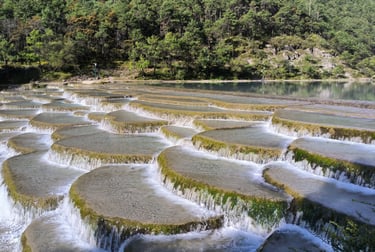

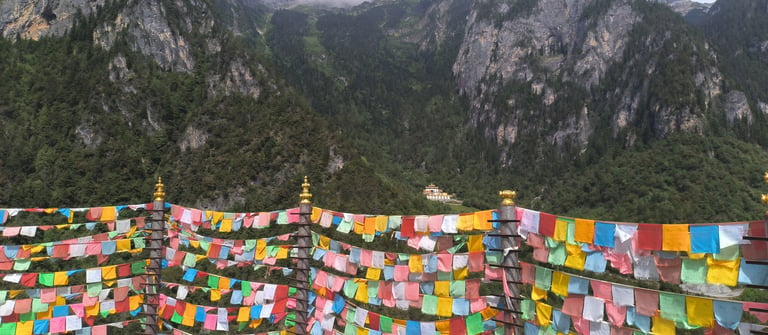

Culture and Cuisine
Yunnan’s culture reflects its role as a crossroads of ethnic diversity, trade, and geography. Architecture ranges from ancient city walls and Bai-style houses in Dali to Naxi courtyards and canals in Lijiang, Dai stilted houses in Xishuangbanna, and Tibetan monasteries in the northwest, blending historical, religious, and ethnic influences.
Festivals, music, and folk traditions thrive across the province, from the Torch Festival, Water Splashing Festival, and Naxi music to bamboo weaving, paper-cutting, and ethnic opera performances. Yunnan is closely associated with Buddhism, Taoism, and ethnic rituals, creating a cultural tapestry that intertwines mountains, rivers, lakes, and urban centers.
Linguistically, Mandarin is widely spoken, but local dialects including Bai, Naxi, Yi, Dai, and Tibetan languages preserve centuries of regional and ethnic identity. Traditional arts include paper-cutting, shadow puppetry, embroidery, bronze casting, and musical performances, often reflecting agricultural, religious, and ethnic themes tied to specific regions or festivals.
Yunnan’s cuisine emphasizes local herbs, mushrooms, rice, and freshwater ingredients, often combined with chili and aromatic spices. Signature dishes include:
Crossing-the-bridge noodles, a Yunnan specialty with layered ingredients in a hot broth,
Steam pot chicken, slow-cooked with herbs for delicate flavor,
Erhai fish, highlighting lake freshness,
Mushroom hotpot, showcasing Yunnan’s abundant fungi,
Yunnan ham, used in soups and stir-fries,
Bamboo rice, wrapped in leaves and steamed,
Ethnic-style preserved vegetables and pickles, complementing meals.
Compared with northern or eastern provinces, Yunnan cuisine favors fresh herbs, mushrooms, and a balance of umami and mild spice.

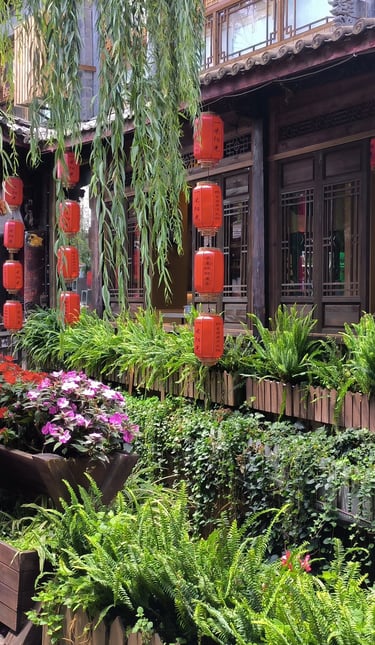

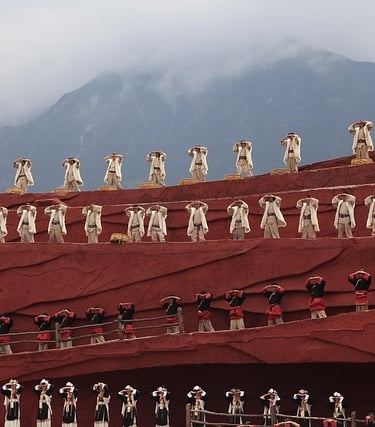


Economy and Modern Development
Yunnan is a key economic center in southwestern China. Kunming and other cities developed into industrial, agricultural, and transport hubs during the 20th century, while tourism, especially around Lijiang, Dali, and natural parks, contributes significantly to the provincial economy.
Historically, Yunnan’s economy developed from agriculture, tea production, and cross-border trade. Today, high-tech investment, hydropower, tourism, and ethnic handicrafts balance modernization with heritage, ensuring continued growth and connectivity with both domestic and Southeast Asian markets.
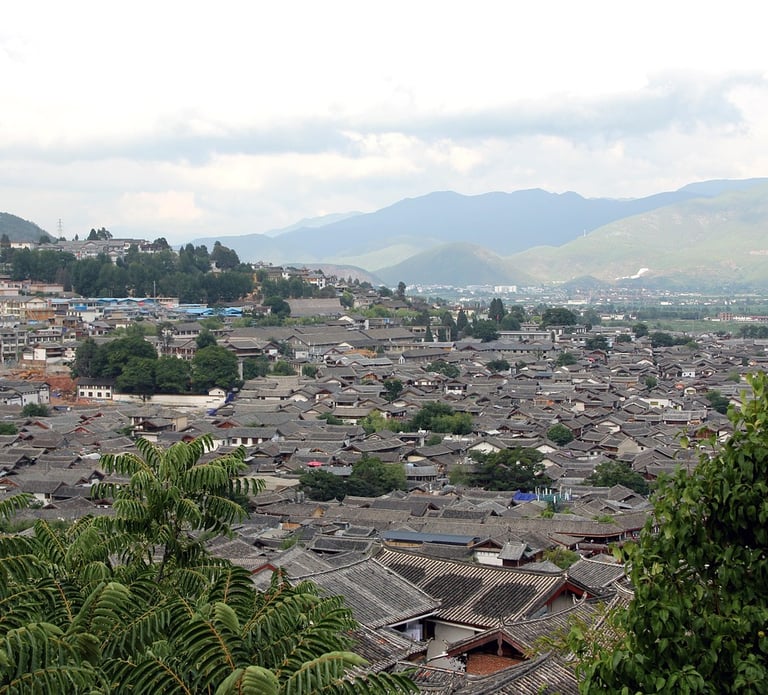

Yunnan has produced influential figures across literature, politics, religion, and the arts. Ancient scholars and local leaders contributed to regional governance, culture, and ethnic integration. The province also gave rise to Buddhist monks, poets, and artists, reflecting spiritual and cultural practices.
Yunnan is equally renowned for its ethnic diversity, religious traditions, and folk arts, making the province a cultural and artistic beacon. In modern times, Yunnan has contributed scientists, writers, reformers, and athletes who continue to embody its historical and cultural legacy.
People and Notable Figures
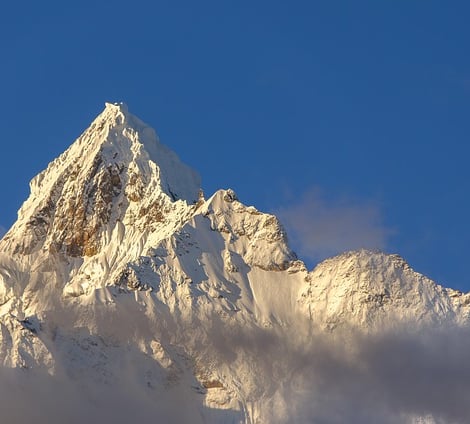

Current Trends and Daily Life
Yunnan daily life reflects a balance between urban growth and rural traditions. In Kunming, residents move through the city via buses, subways, and riverside paths, shop in markets and modern malls, and work in tourism, education, agriculture, and services, while towns and villages across the province focus on tea cultivation, rice paddies, handicrafts, and traditional farming.
Seasonal festivals like the Torch Festival, Water Splashing Festival, and local temple fairs continue to play a central role in community life, bringing together ethnic groups and local residents.
In Dali and Lijiang, daily life is shaped by ethnic traditions, tourism, and small-scale agriculture, with residents maintaining Bai and Naxi cultural practices, from handicraft production to traditional music and dance.
In the northwest around Shangri-La, communities follow Tibetan customs, including monastic life, yak herding, and highland rituals, highlighting the province’s ethnic and ecological diversity. Across Yunnan, daily life is a blend of modern urban convenience, cultural preservation, and adaptation to diverse landscapes.
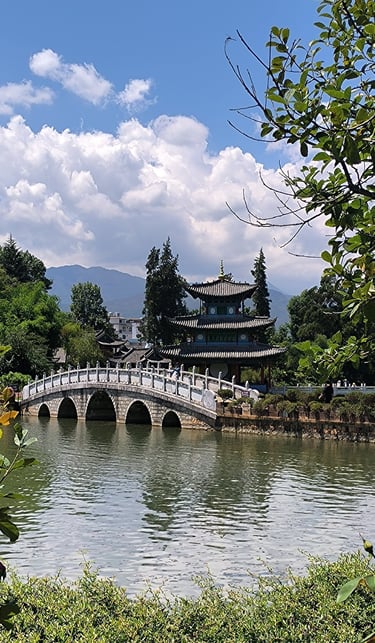




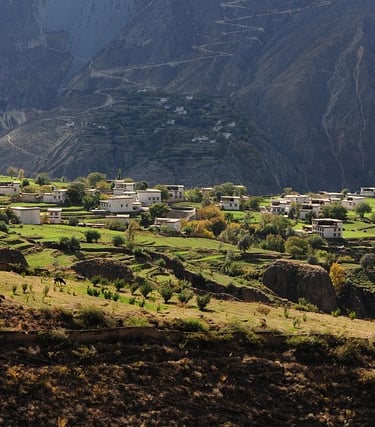
Practical Travel and Tips
Best time to visit: Spring and autumn offer mild weather and blooming landscapes, summer is hot and humid, and winter is mild in valleys but cold in the mountains
Getting there: Kunming is a major transport hub with high-speed rail, an international airport, and road connections to Southeast Asia, making the province accessible from most Chinese cities
Highlights: Lijiang Old Town, Dali ancient city, Tiger Leaping Gorge, Erhai Lake, Xishuangbanna tropical forests
Local etiquette: Respect ethnic customs, temple rituals, and festival traditions
Insider tip: Try crossing-the-bridge noodles, explore ethnic villages for handicrafts, and visit Tiger Leaping Gorge for trekking and scenic views.
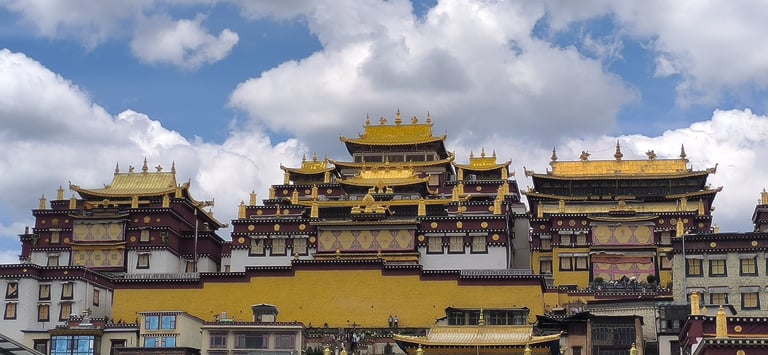



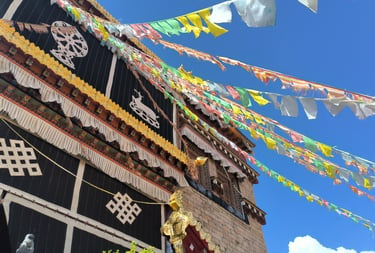



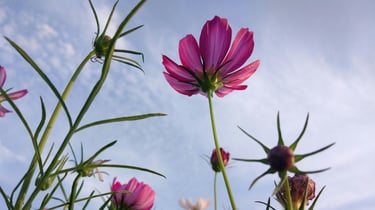





Climate
Plant and animal life
Agriculture
Manufacture
Yunnan has a diverse climate ranging from subtropical in the south to temperate and alpine in the north, with mild winters and warm summers, though rainfall is concentrated during the monsoon season.
The province enjoys abundant sunshine in many areas, and spring and autumn are particularly pleasant for travel and agriculture.
Compared with eastern or northern provinces, Yunnan is less humid overall but more variable, with microclimates shaped by its mountains and plateaus. High-altitude regions experience cooler temperatures and occasional frost in winter.
Yunnan’s varied geography, from the Yunnan-Guizhou Plateau to forested mountains and river valleys, supports remarkable biodiversity.
Forests shelter rhododendrons, cypress, and bamboo, while wildlife includes snow leopards, red pandas, golden monkeys, and a wide variety of birds and amphibians. Wetlands and lakes host freshwater fish and migratory birds.
The province’s ecosystems are among the richest in China, with many endemic species and protected areas such as Xishuangbanna and Gaoligongshan.
Yunnan is known for diverse crops and specialty agriculture, including rice, maize, tea, tobacco, sugarcane, and flowers.
Fruits such as citrus, mango, and banana thrive in warmer areas, while potatoes, barley, and wheat grow in highlands. Livestock and aquaculture complement crop production, particularly in river valleys.
Compared with northern provinces, Yunnan emphasizes specialty and high-value crops, taking advantage of microclimates and fertile soils.
Historically, trade routes through Yunnan facilitated cultural exchange and crop introduction, supporting economic and social development across the province.
Yunnan’s economy blends agriculture, mining, energy, and tourism-related industries. Cities such as Kunming and Dali host light manufacturing, food processing, and handicraft production, while hydropower and mineral extraction support regional infrastructure and export.
Tourism, driven by natural parks, ethnic cultures, and scenic landscapes, is a major economic contributor.
Compared with provinces focused on heavy industry, Yunnan’s economy is diversified but less industrialized, balancing resource-based sectors with cultural tourism and agriculture.
Navigation
Main Menu
nathan.china-sphere.com
© 2025. All rights reserved.